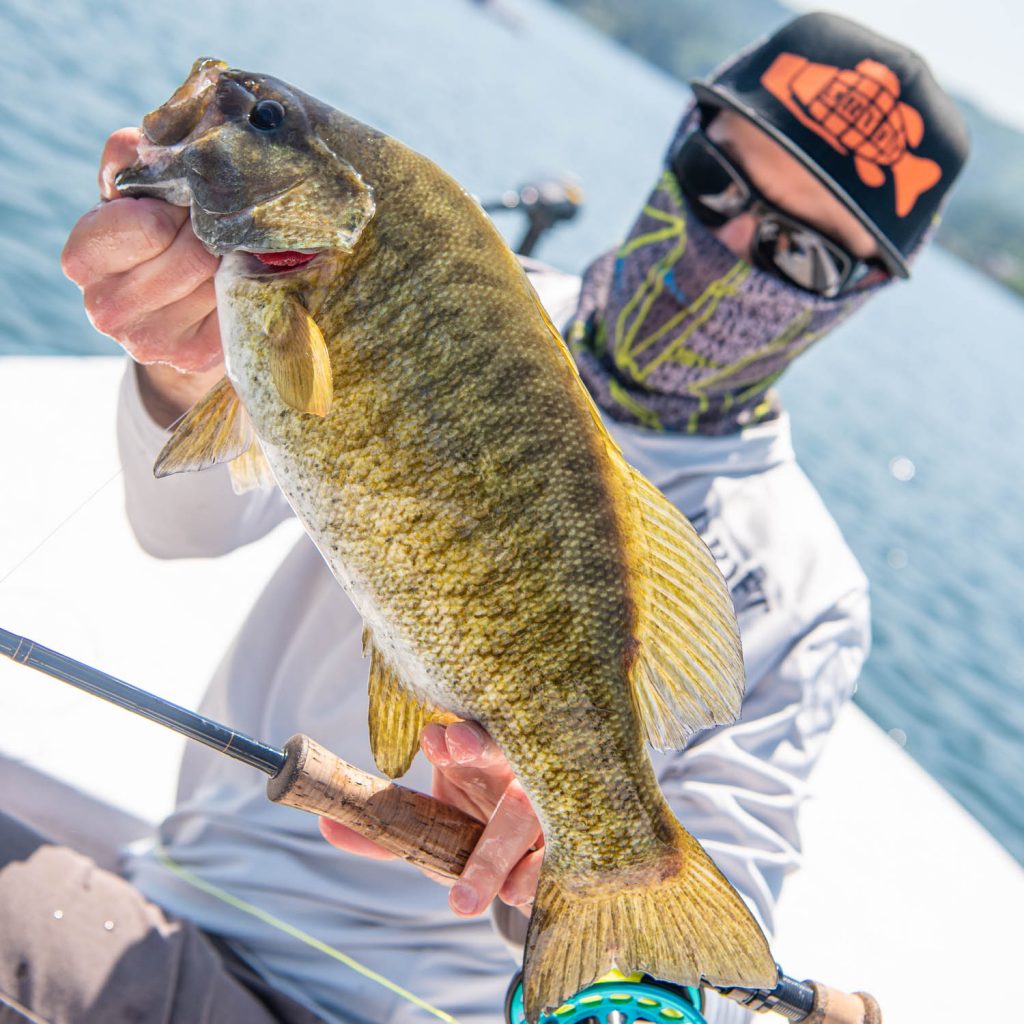
Bass bass bass bass bass.






Bass bass bass bass bass.





Step 1: Fill it up. Step 2: Go fishing.
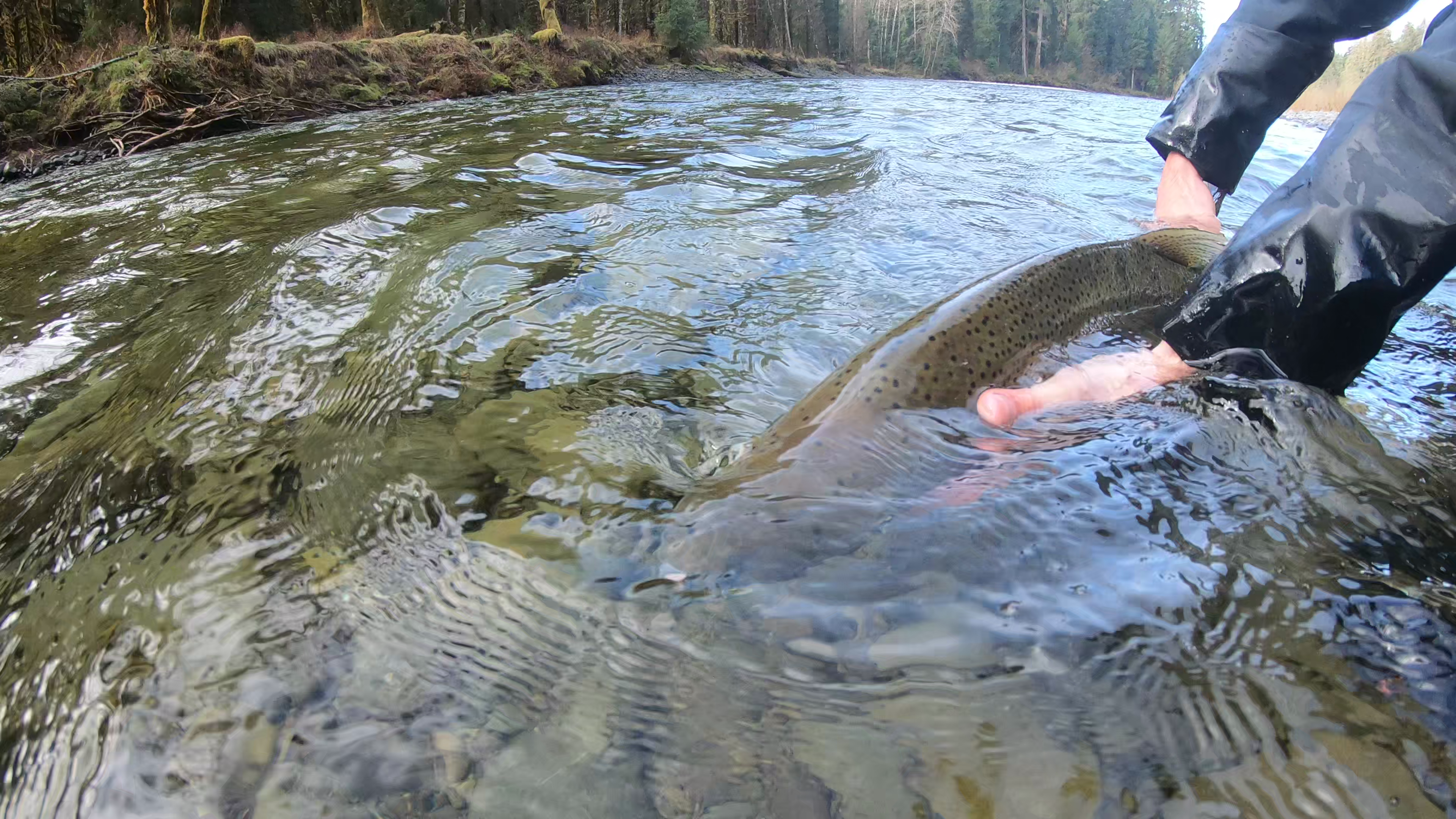
When the backcountry calls you better answer. This spring we had the opportunity to hike away from civilization and experience true wilderness. We only saw one other person over the three days we were there, and saw almost no signs of other people at all. No garbage. No development. Nothing. After fishing downstream all day it was more surprising to see an actual human boot print in the sand than more elk, bear, deer, or coyote tracks.
We could have asked for better fishing conditions, but there were a few fish around. With low and clear water the fish we did see were spooky and not much inclined to play with us.
If you’re in need of a re-set from the hectic day-to-day of modern life then consider unplugging from the stresses of the work week, stuffing a backpack and hitting the trail.
I call this plugging into nature.
words & photos by Nick Satushek
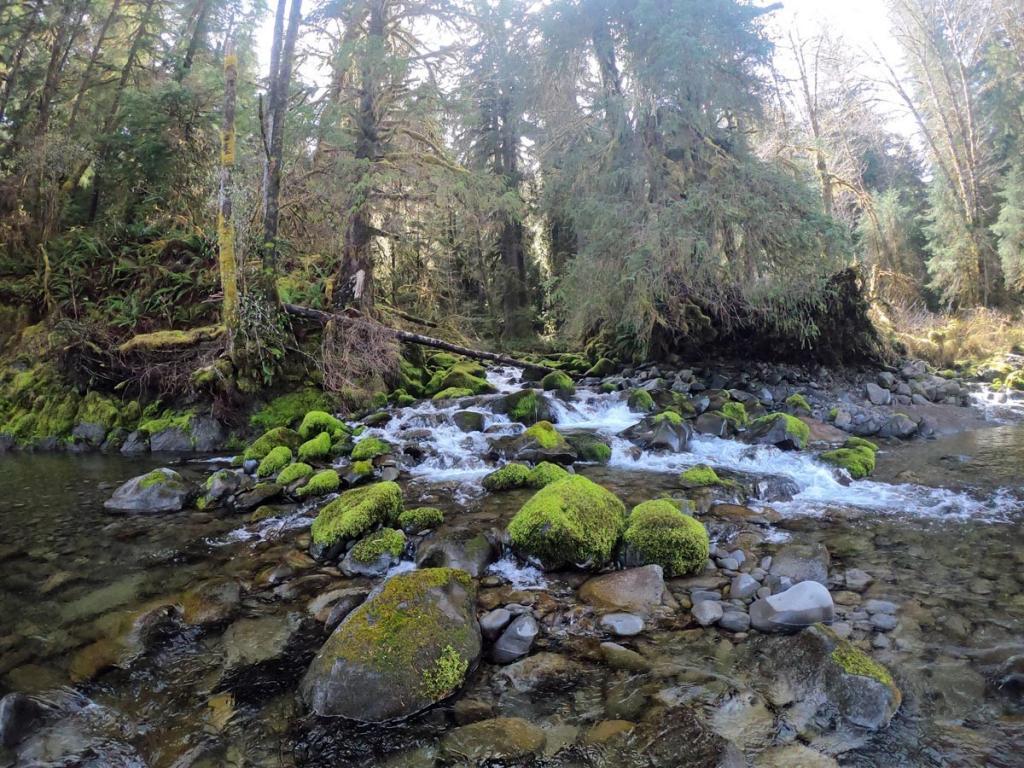

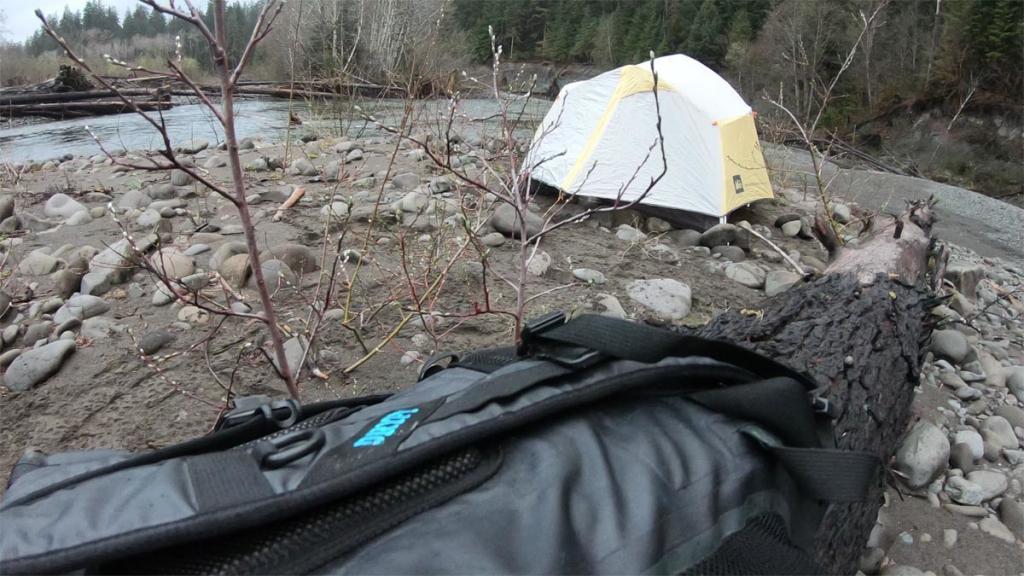
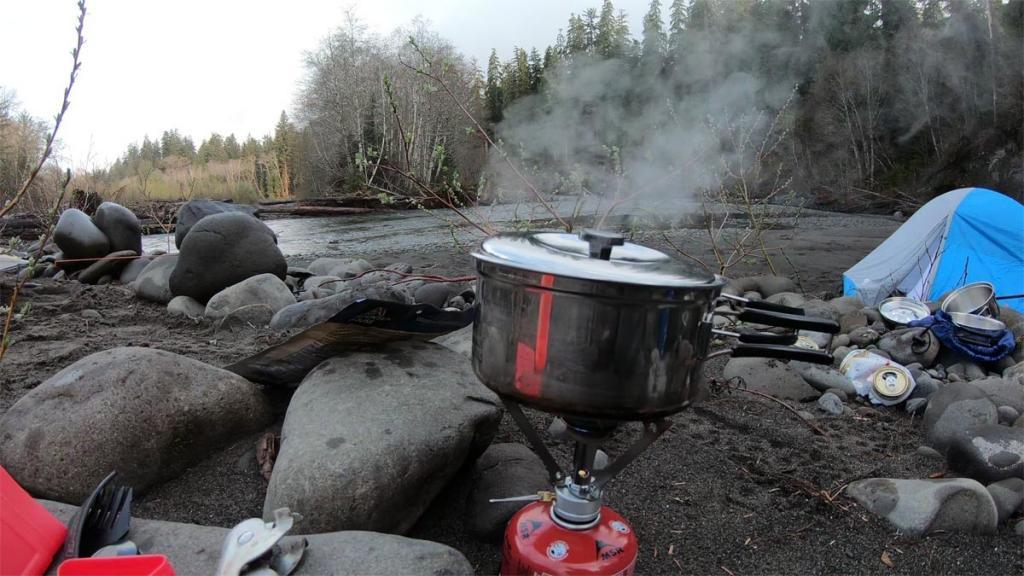
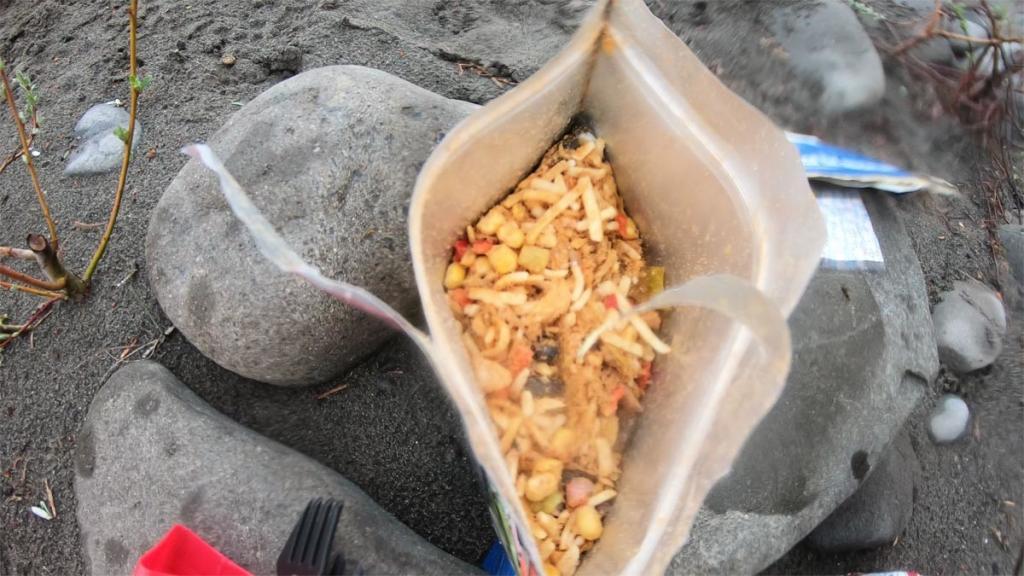

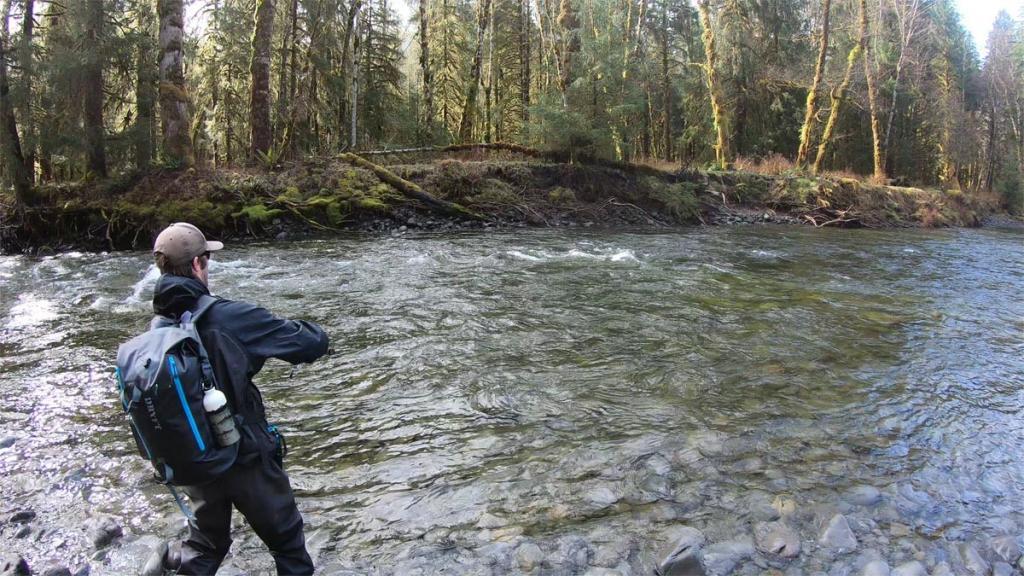
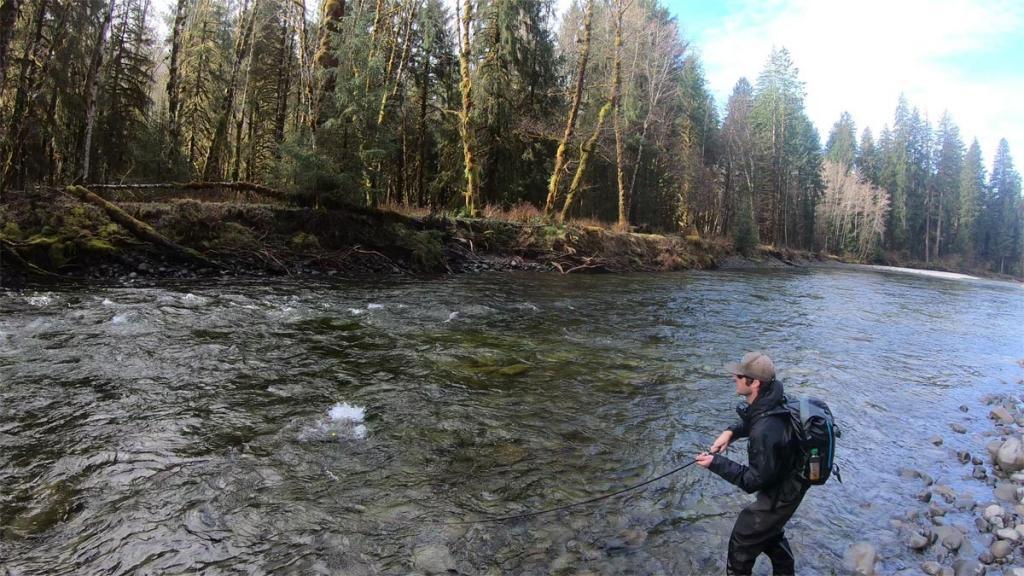
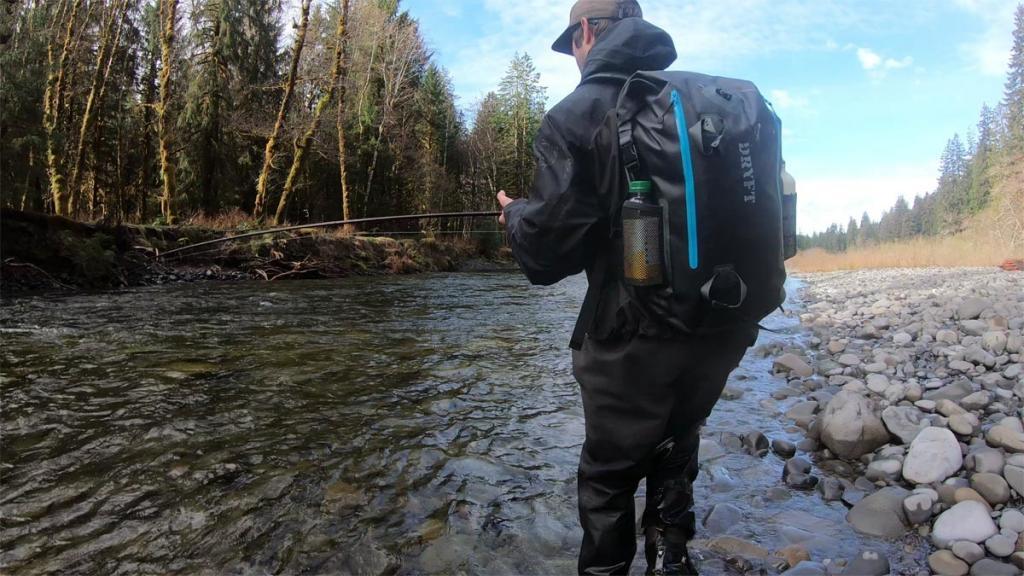
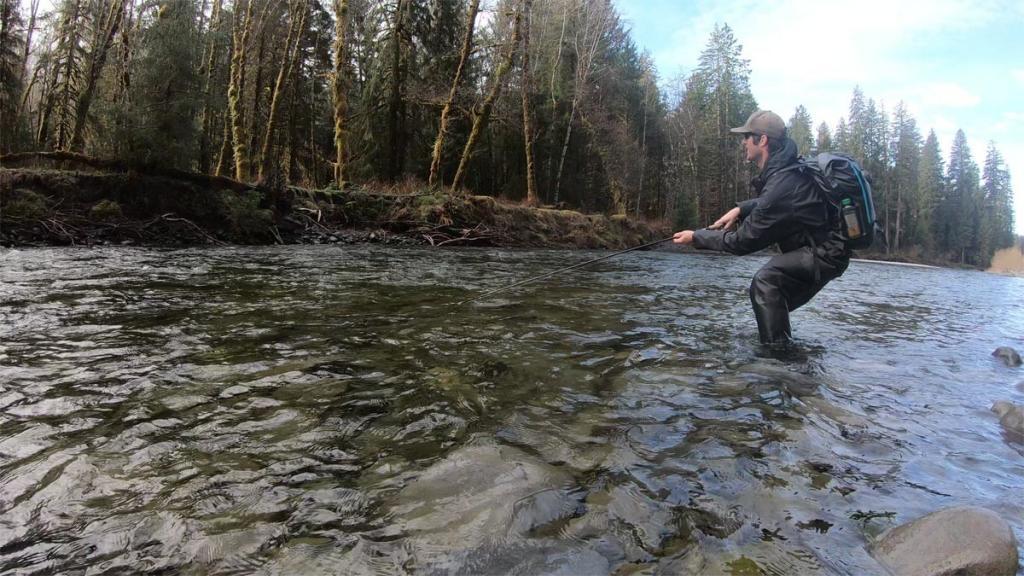
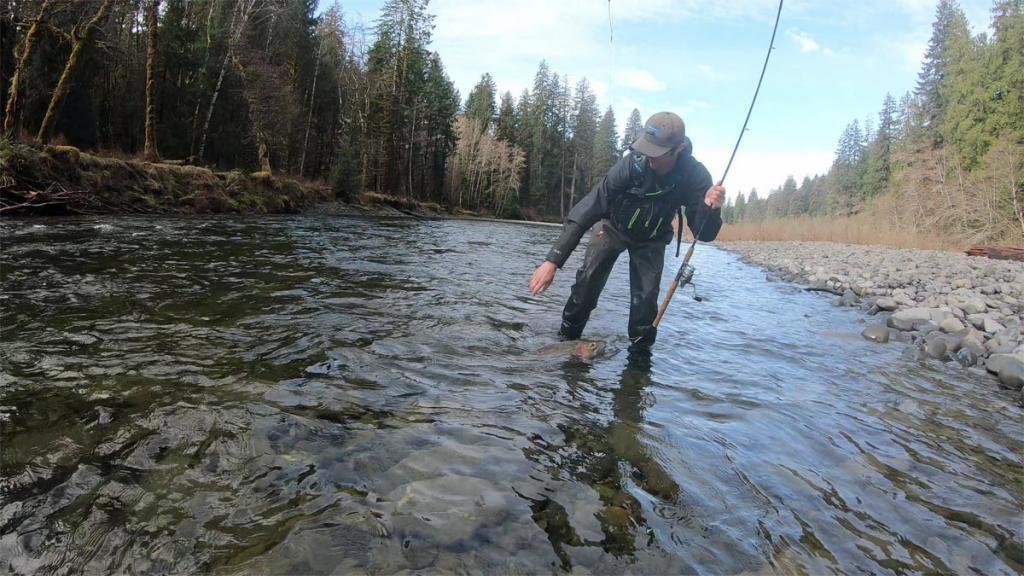
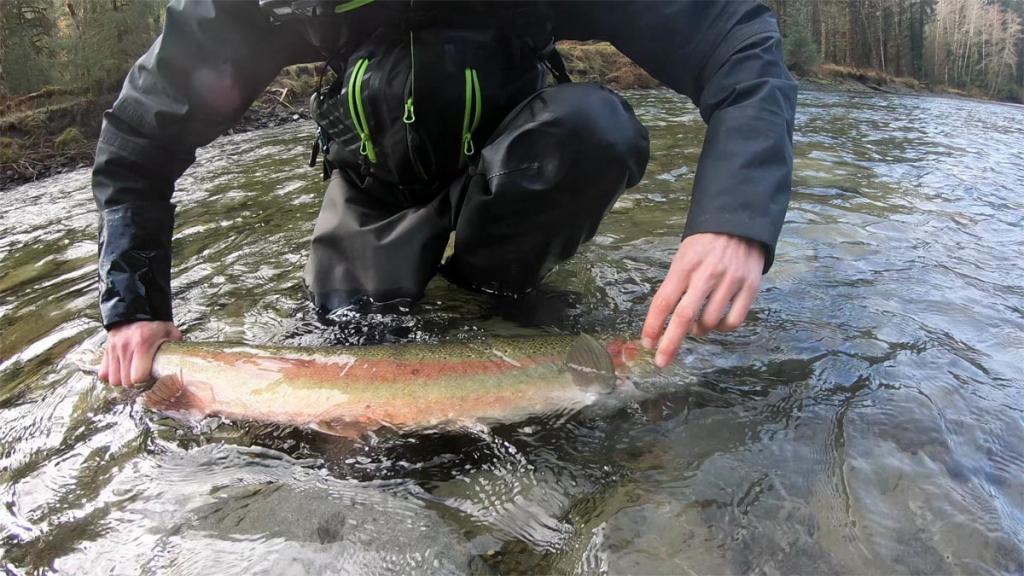
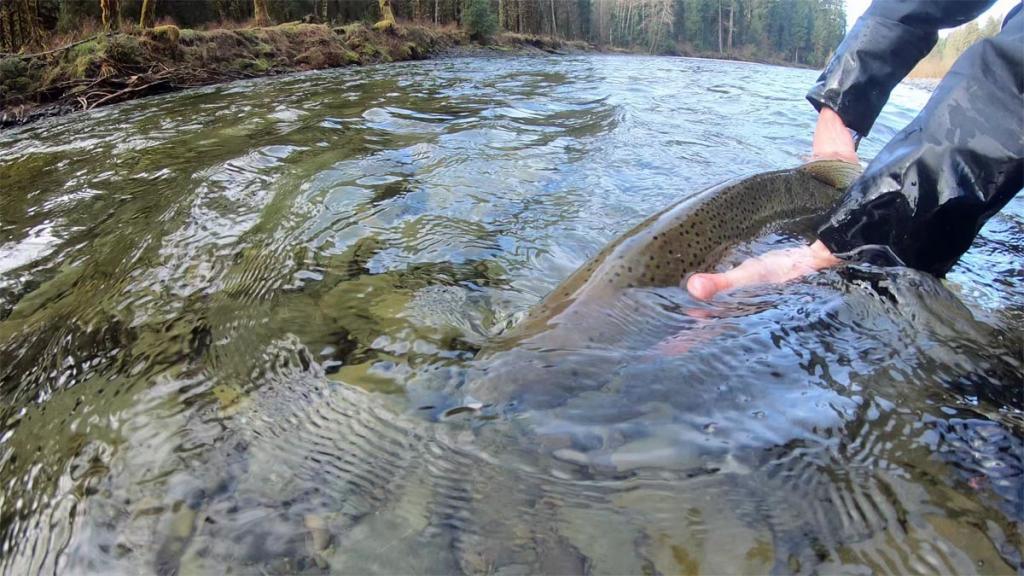
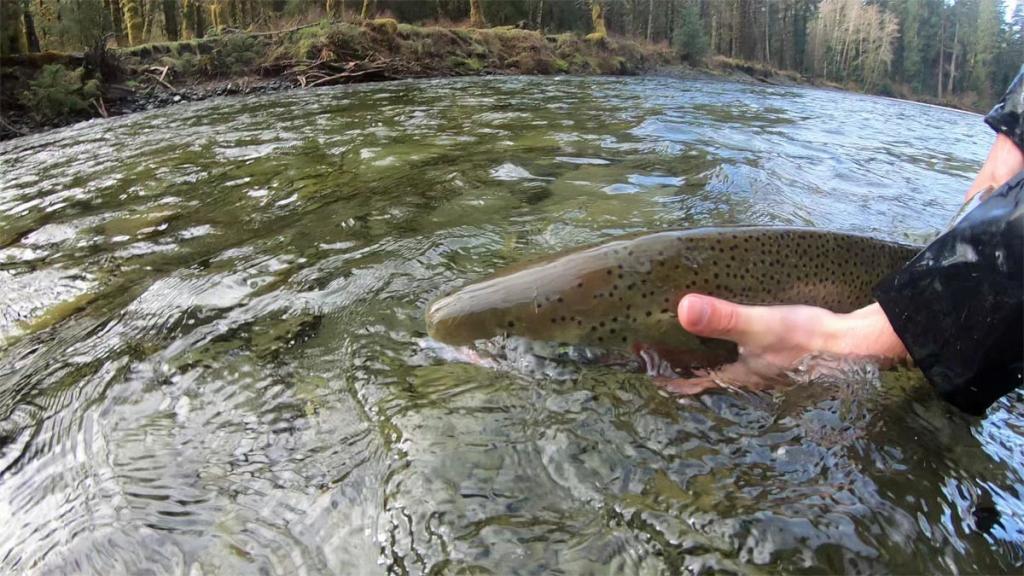
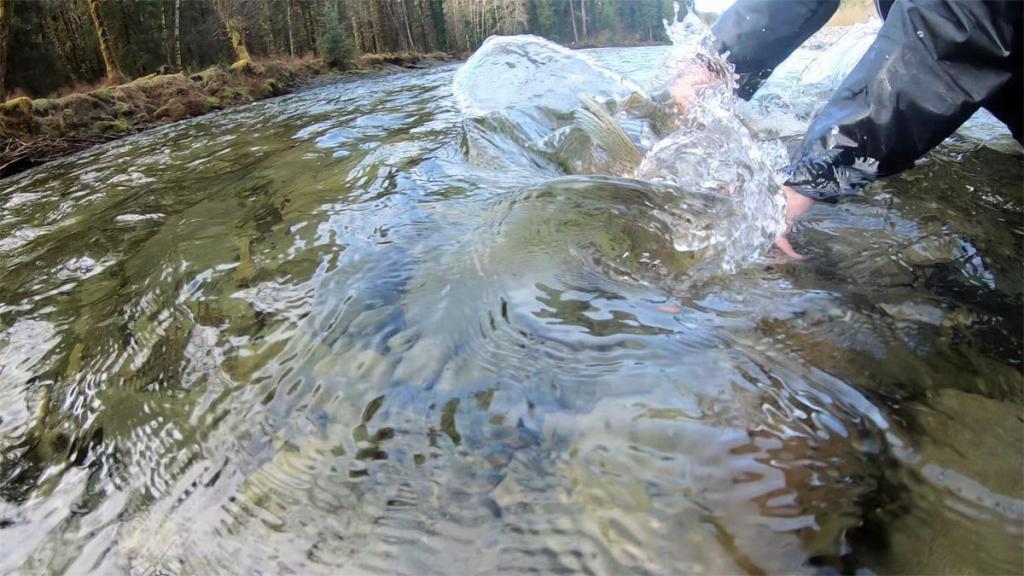


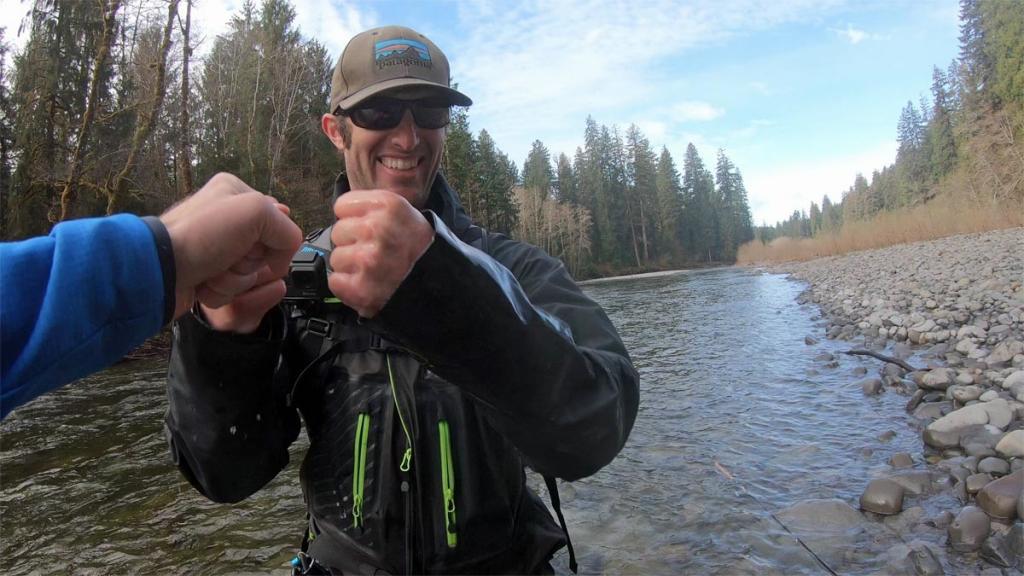
That’s a happy face if I’ve ever seen one.
Strolling through the woods we were struck dumb. Not 20 feet from us was a squatch. We couldn’t believe what we were seeing. He had just landed a real trophy and was prepping it for release. The hook was out as he cradled it gently in the water. A branch cracked under my foot, he looked up and made eye contact. He saw the camera pointing at him and hoisted his catch up high for a quick hero shot. Click click click. The camera whirred away taking shot after shot. This could be it. Proof that the legend exists!

And wouldn’t you know it…he was all decked out in DRYFT wading gear. Looks like we found our new unnofficial mascot.


Peep this quick video for tips on how to safely roll your waders for packing and transporting.

We’re kicking off the 2019 trade show season with the Washington Sportsmen’s Show in Puyallup WA January 23rd – 27th, then following that up with the Pacific Northwest Sportsmen’s Show in Portland February 6-10th and finally finishing it off with the Central Oregon Sportsmen’s Show in Redmond OR (Bend) February 28th – March 3rd.
If you’re in the area come see us!
Booth 940 in Puyullup
Booth 1353 in Portland
Booth 165 in Redmond
Ooooh yeah, we’ll have show specials at the booth so stop by and we’ll show you what’s so hot right now.
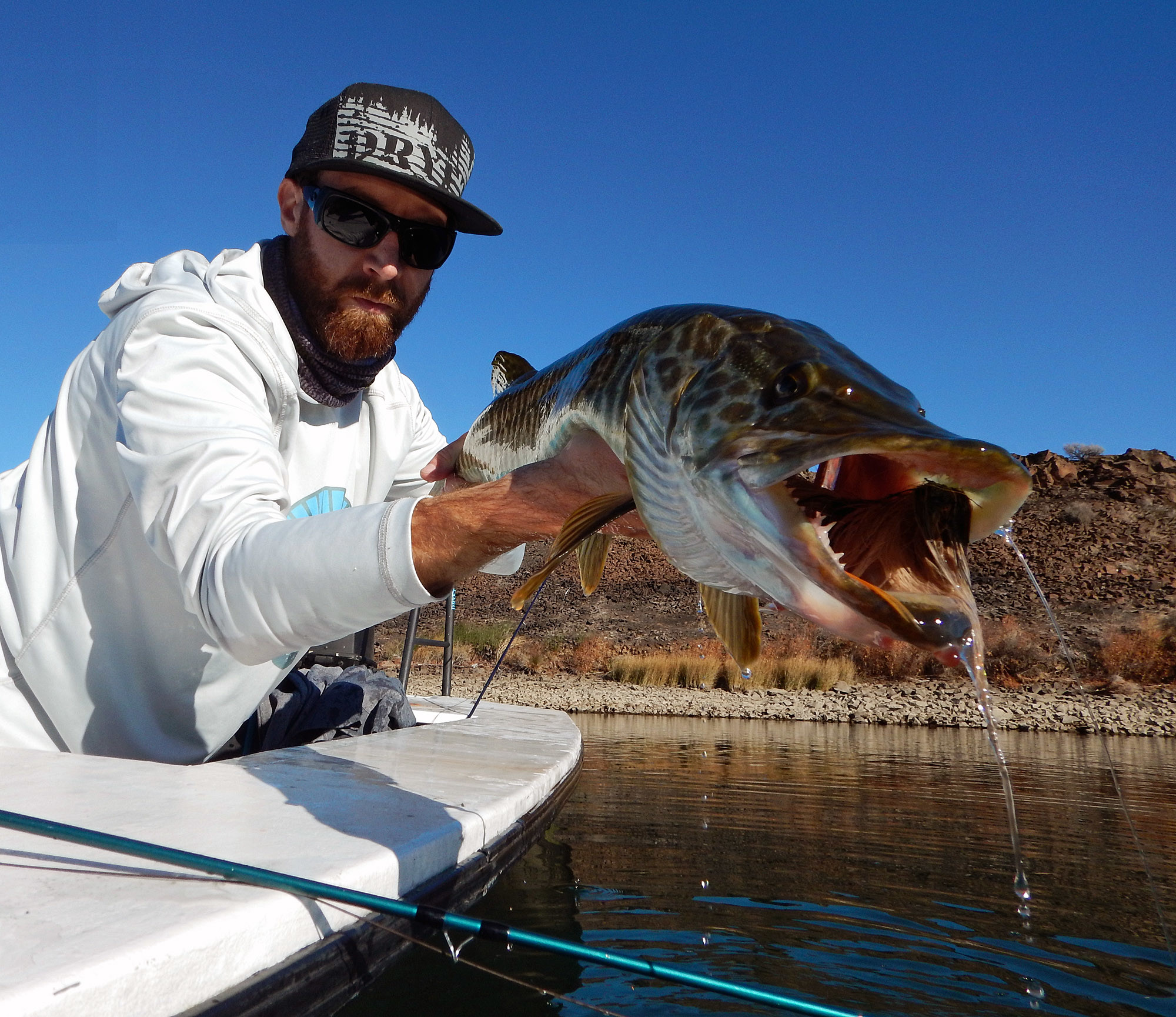
Fly fishing for musky: long hours of repetitive movements followed by brief intense action followed by jubliation or soul crushing disappointment. These fish are hard to catch but so worth the effort.
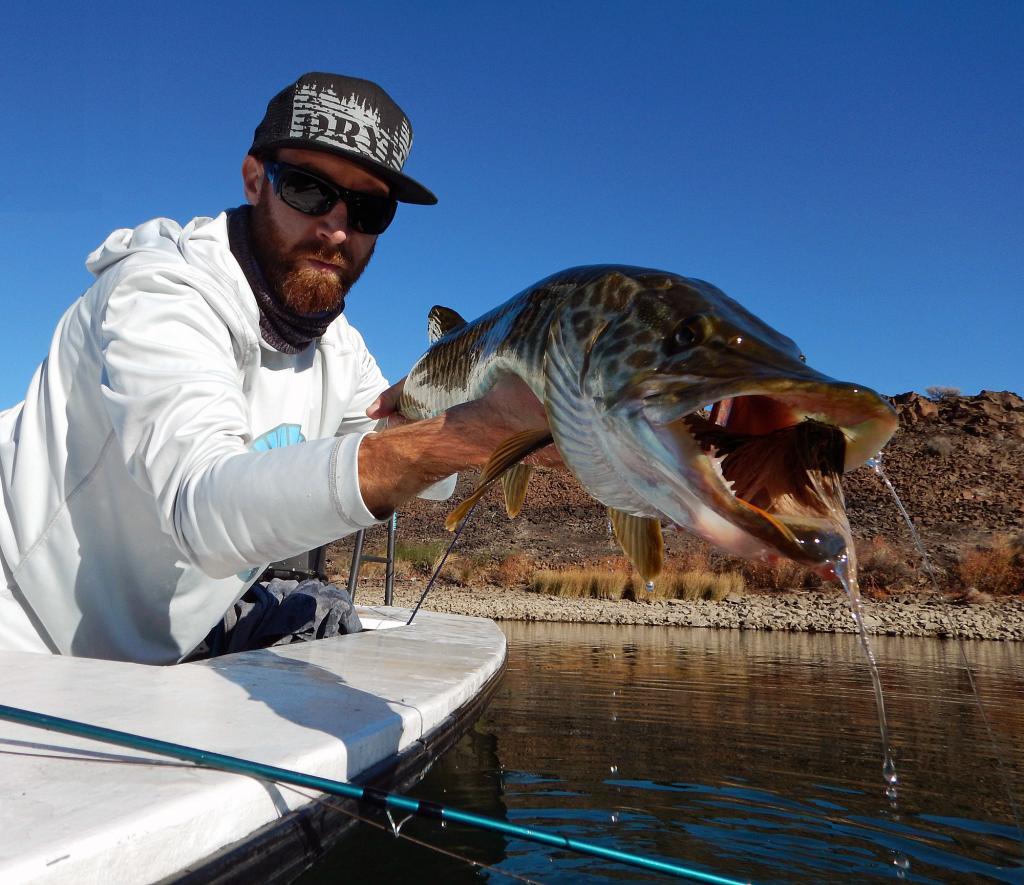
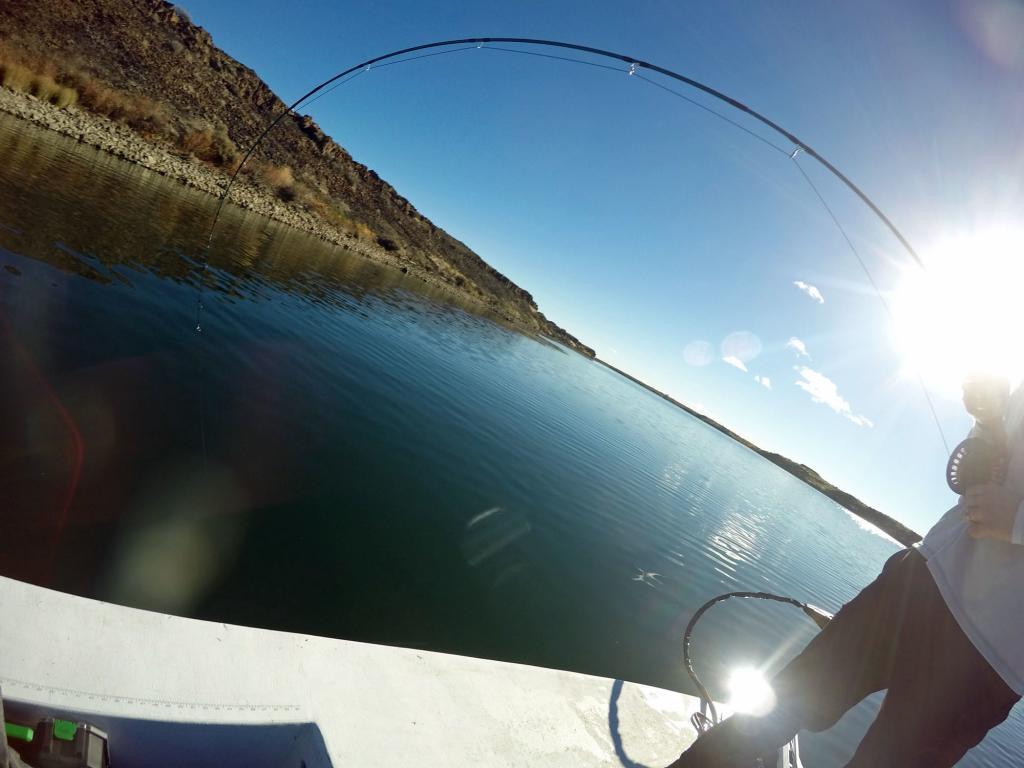
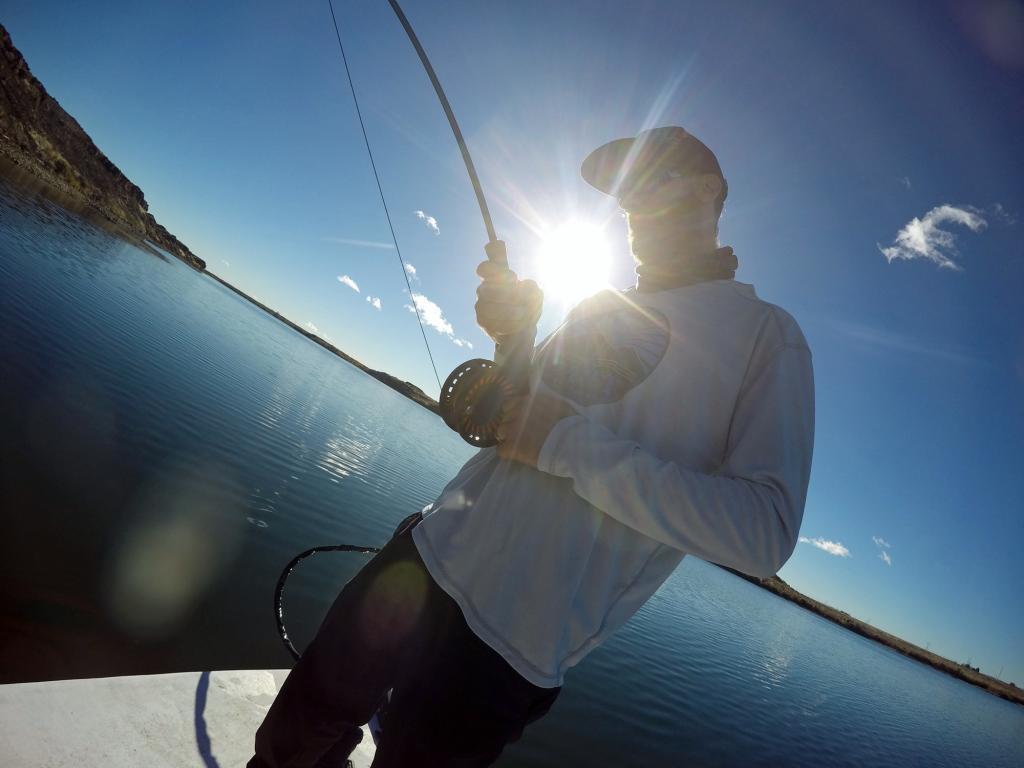
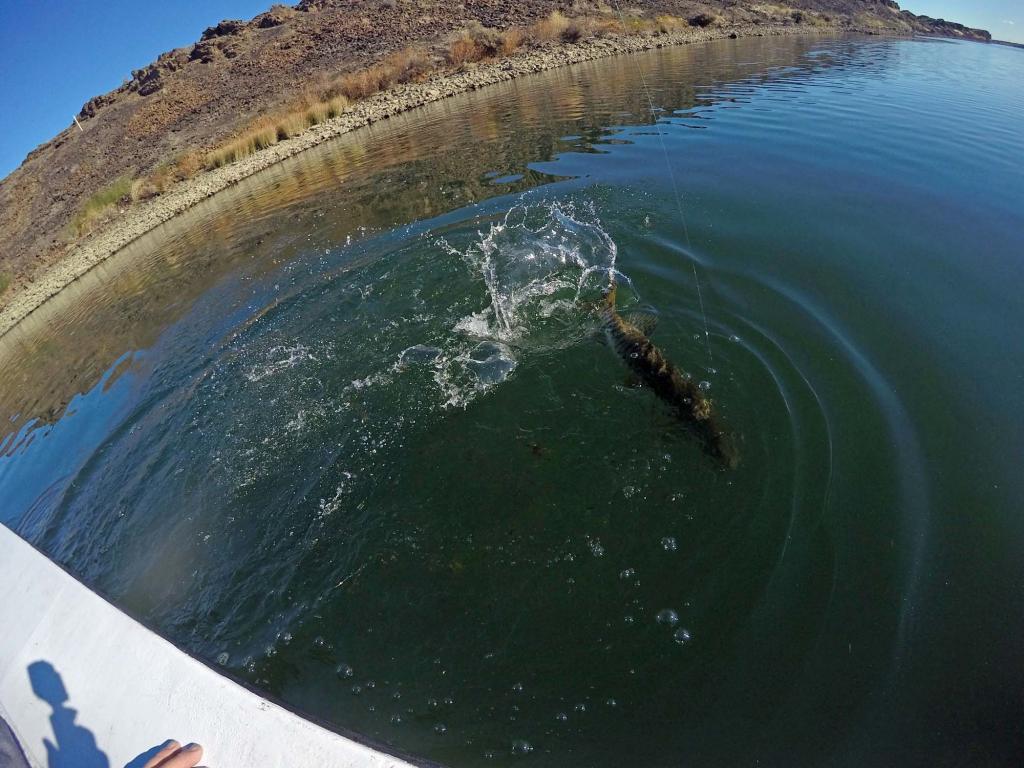
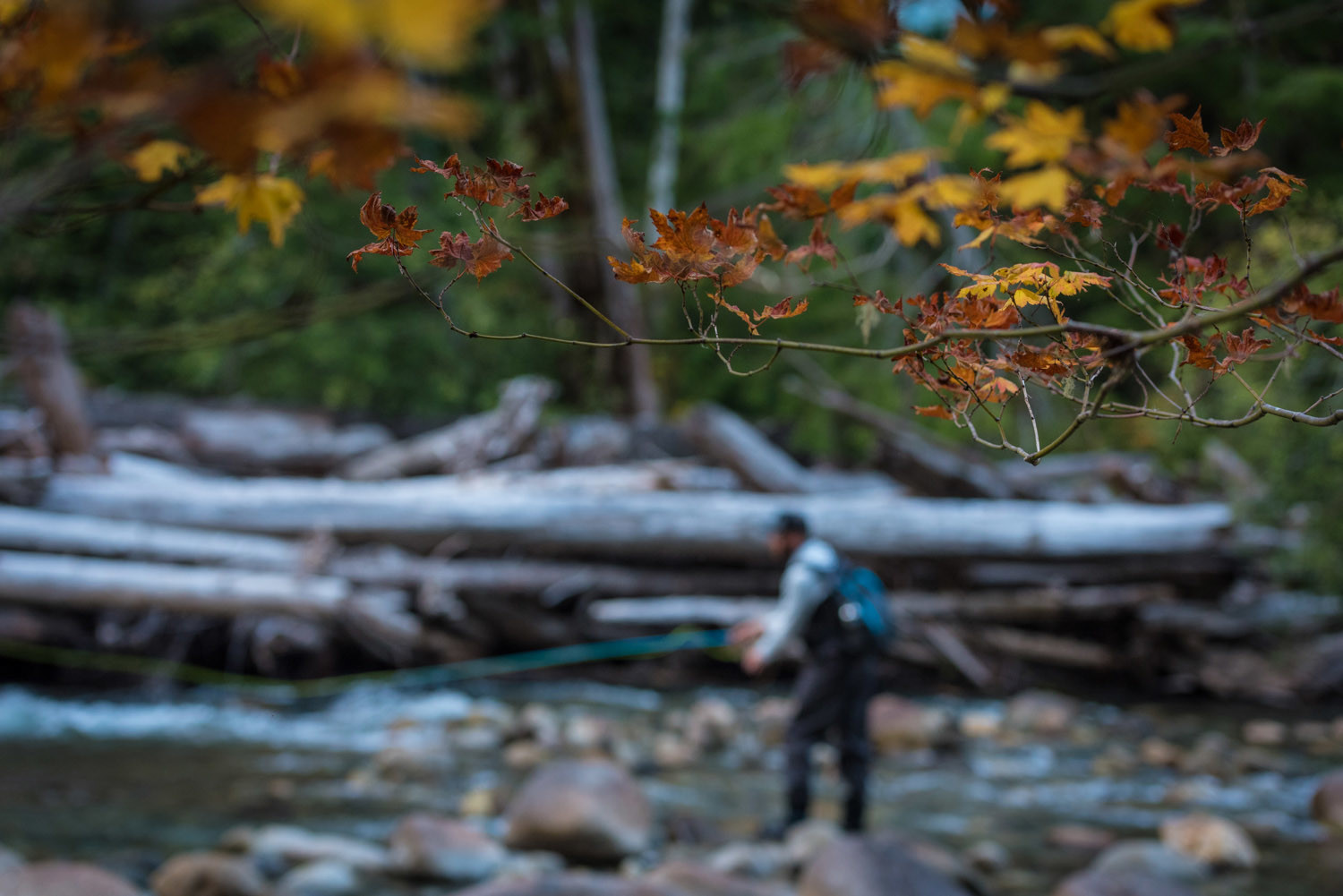
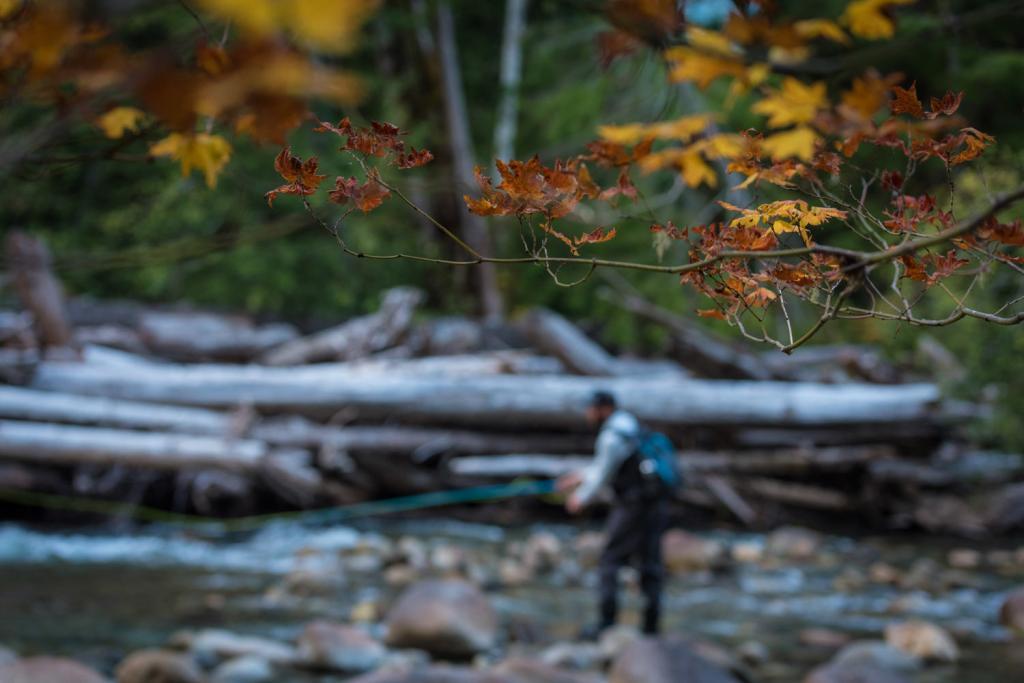
Getting remote and exploring streams and rivers in the mountain regions can pay off big. Recently Nick and Sam went out on a quick overnight mission to explore some new water.
Upon arriving to the area we’d be exploring we were greeted by multiple signs warning of an aggressive bear ransacking occupied campsites. “Camping not advised’ warned one of the signs. Good thing we forgot the bear spray at home.
Well in the end we survived the night without a bear attack. 🙂
Fishing turned out to be tough, but the scenery sure was easy on the eyes. This was a perfect way to step back and get grounded before the busy fall season picks up. Here are some photos from the trip.
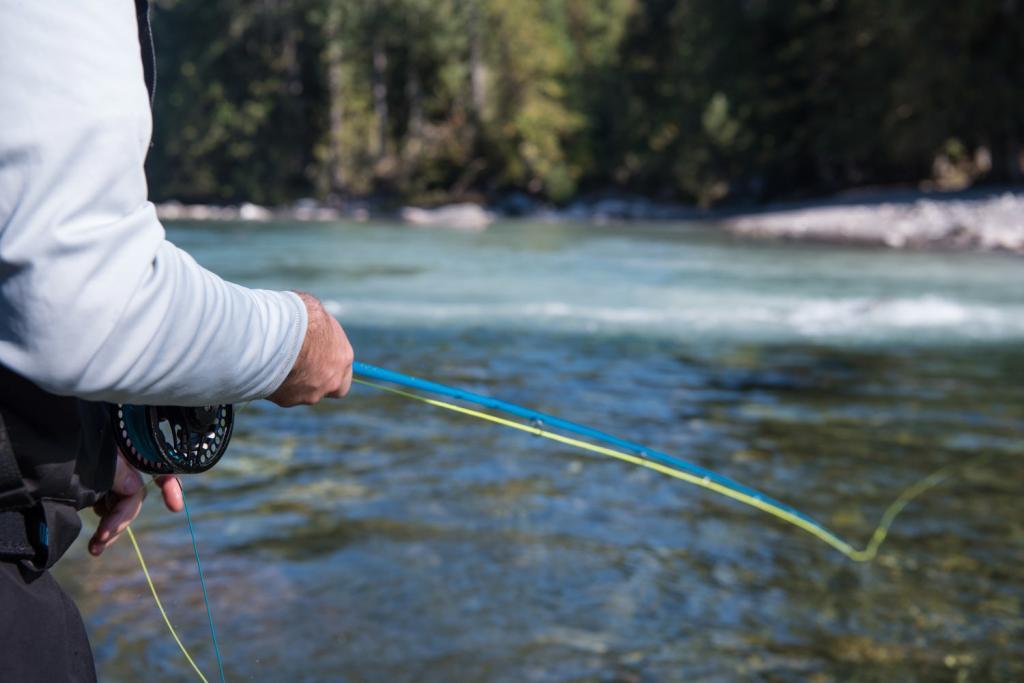
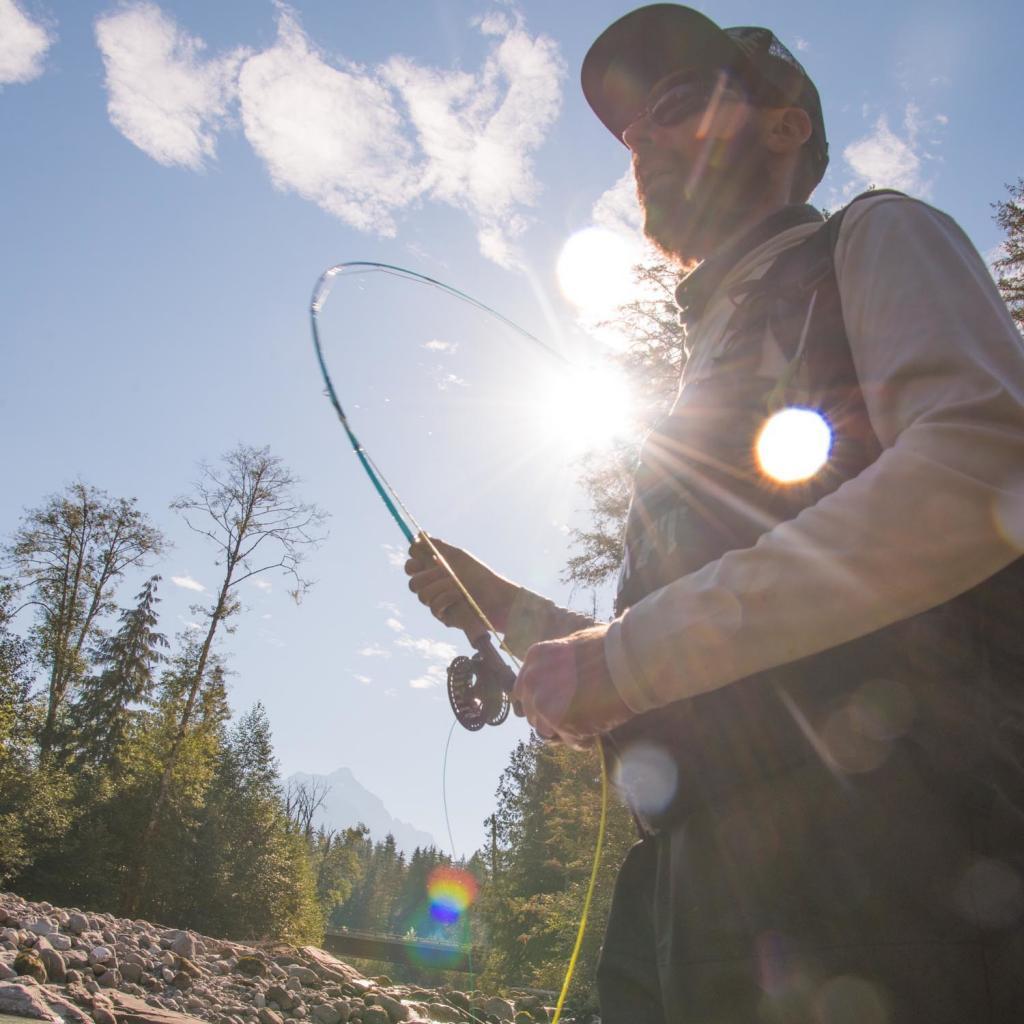
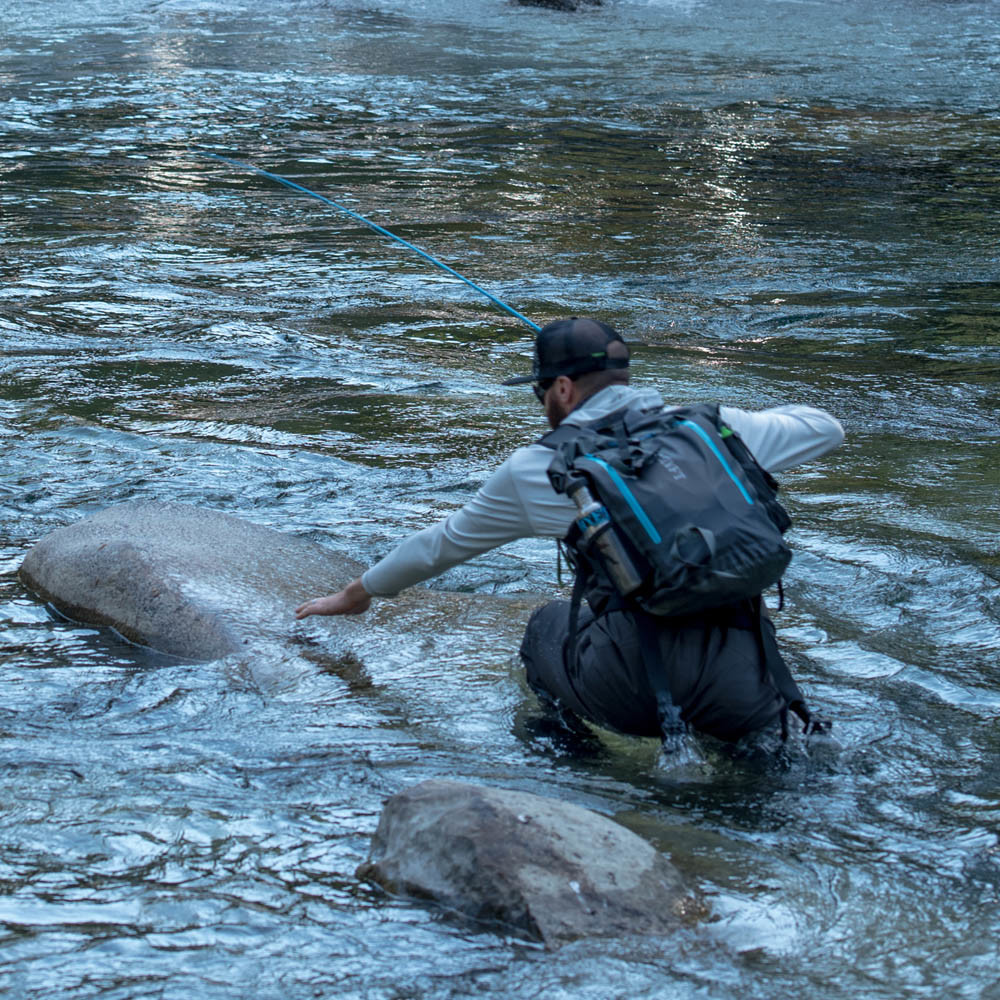
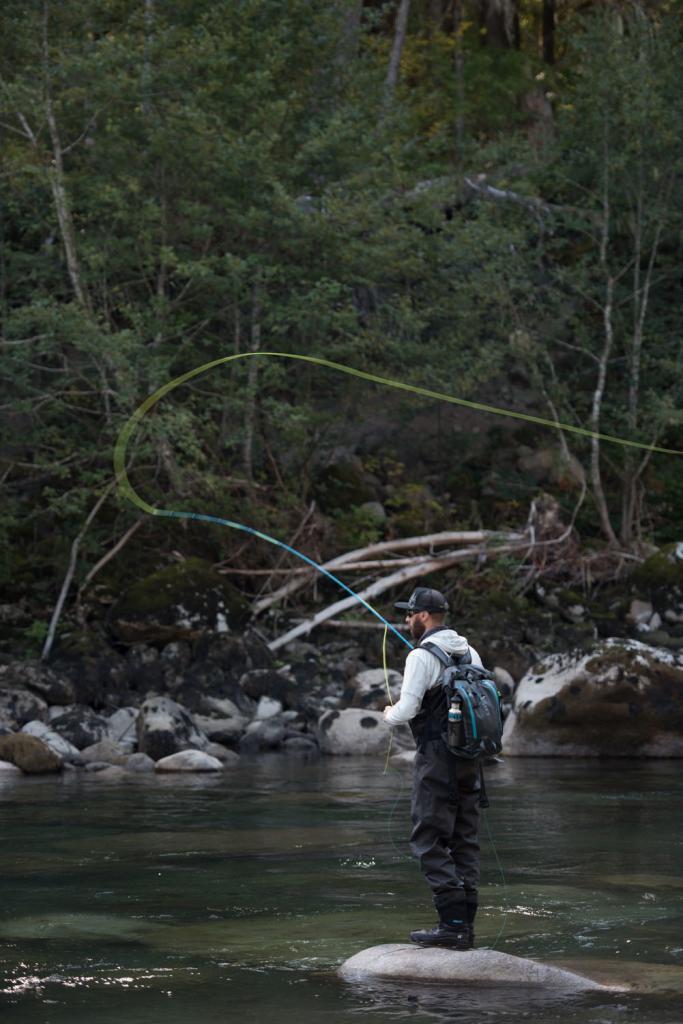
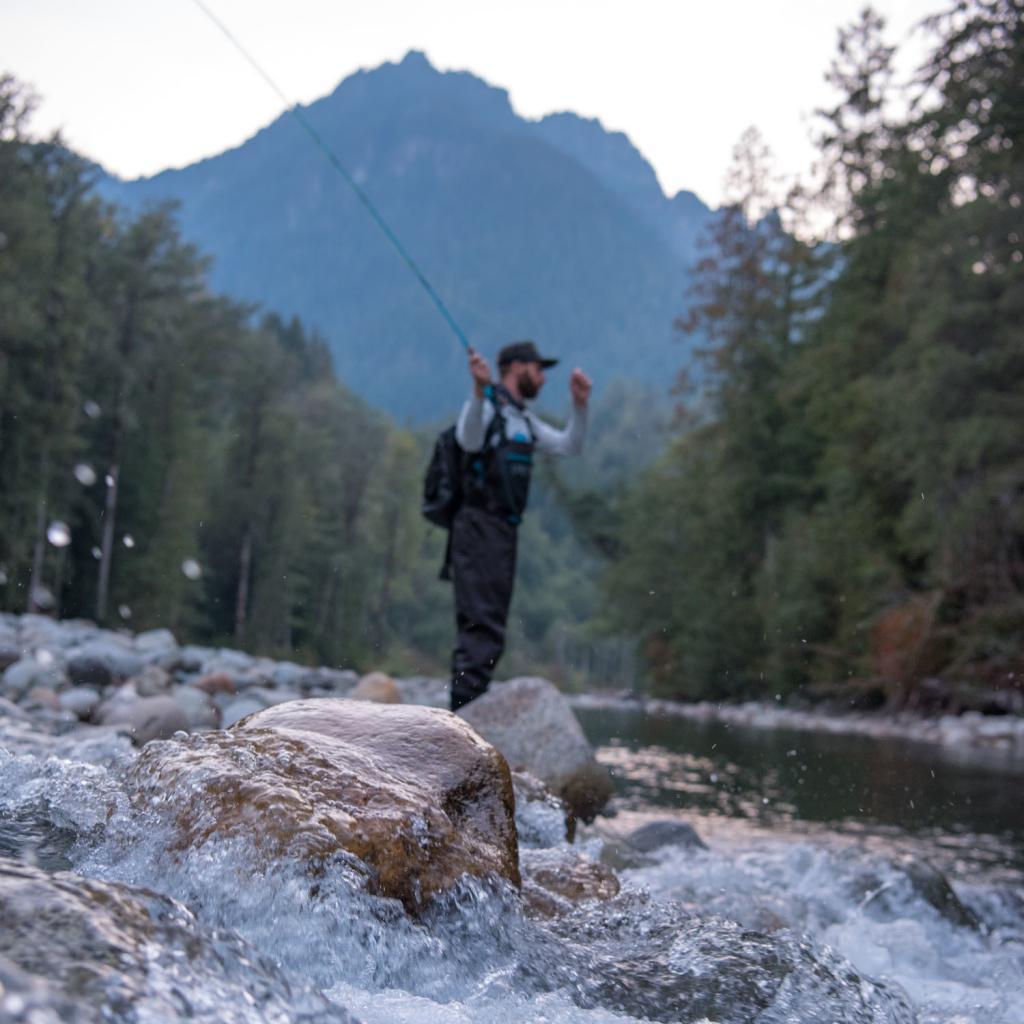
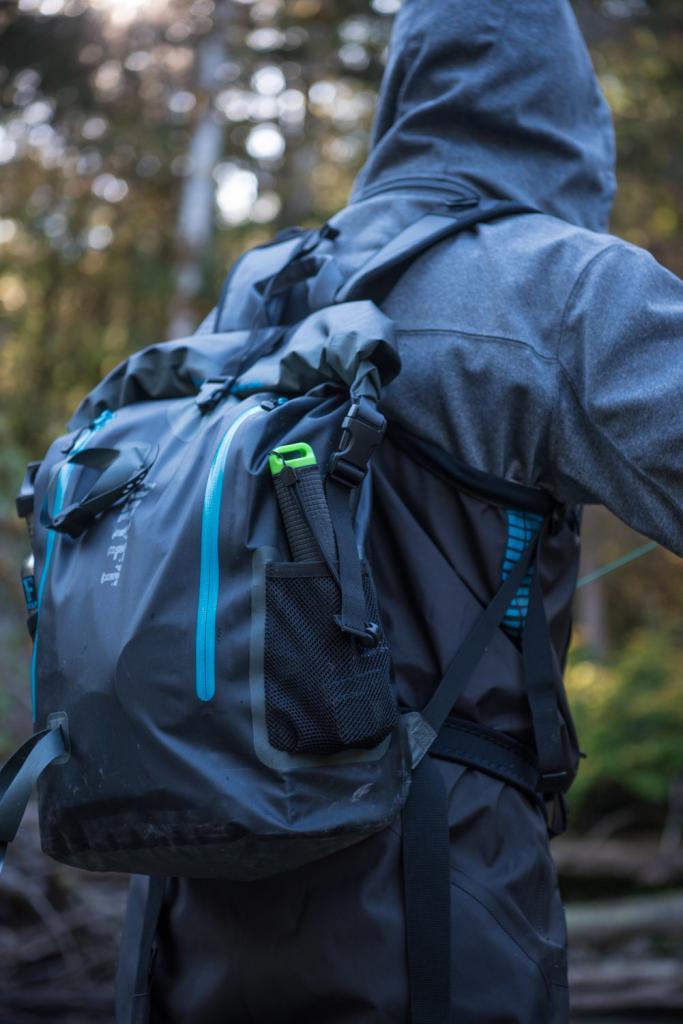
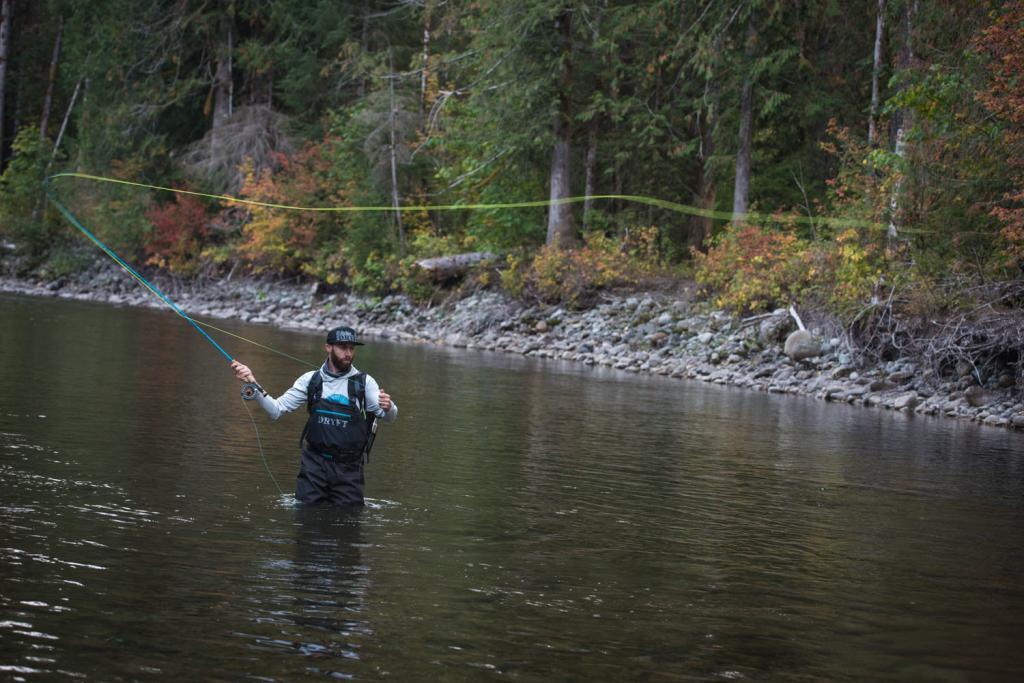

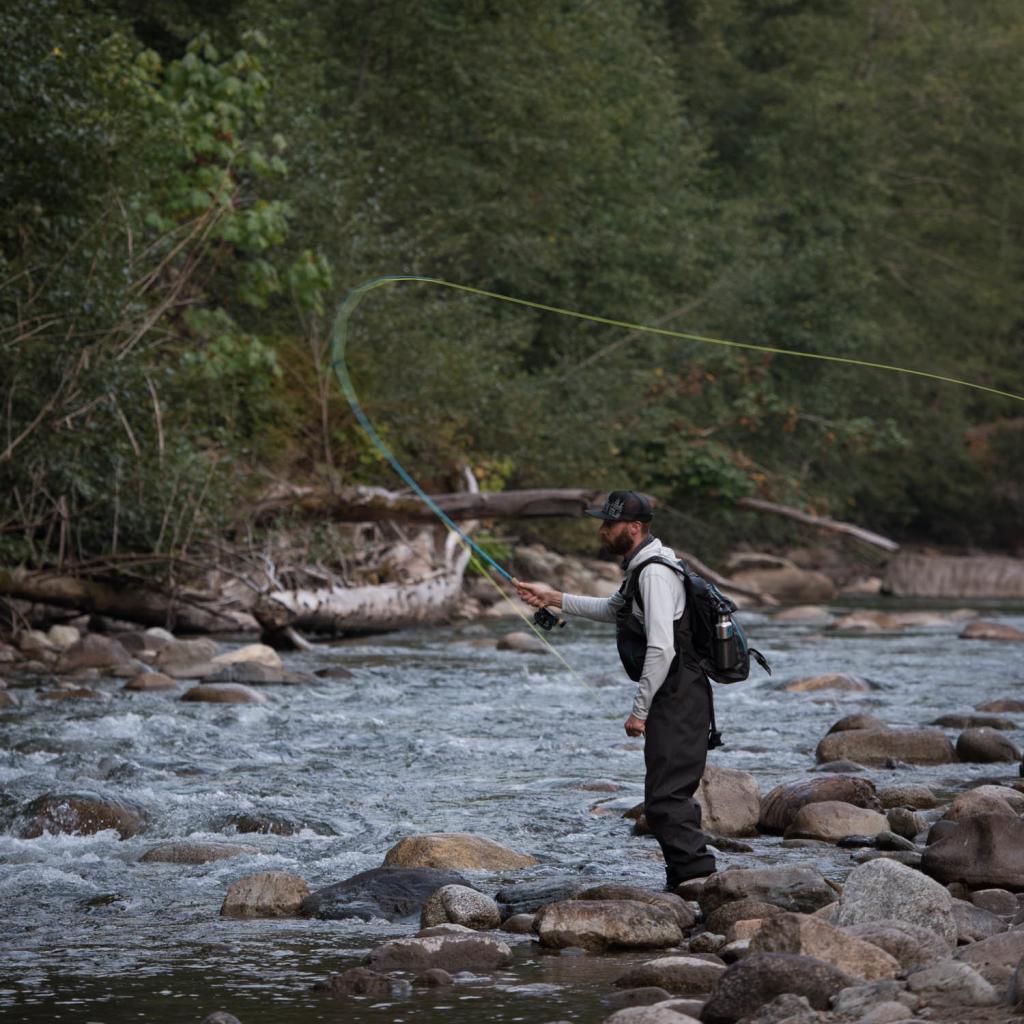
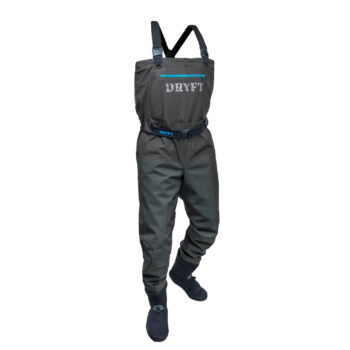
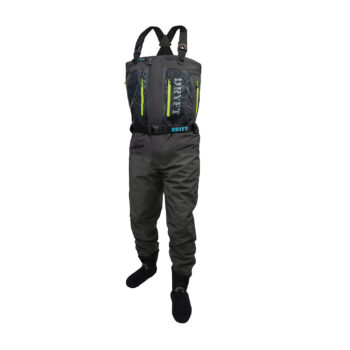
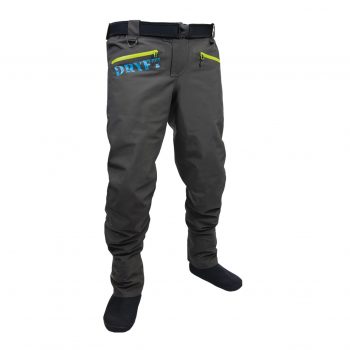
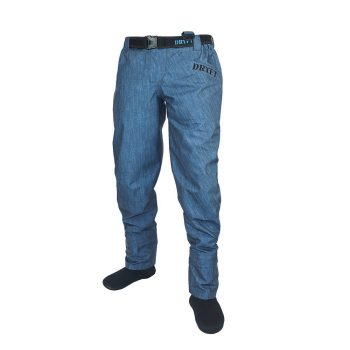
This is how to make the “Primo football” and pack up your jacket into a nice little bundle that fits in your pack or bag.